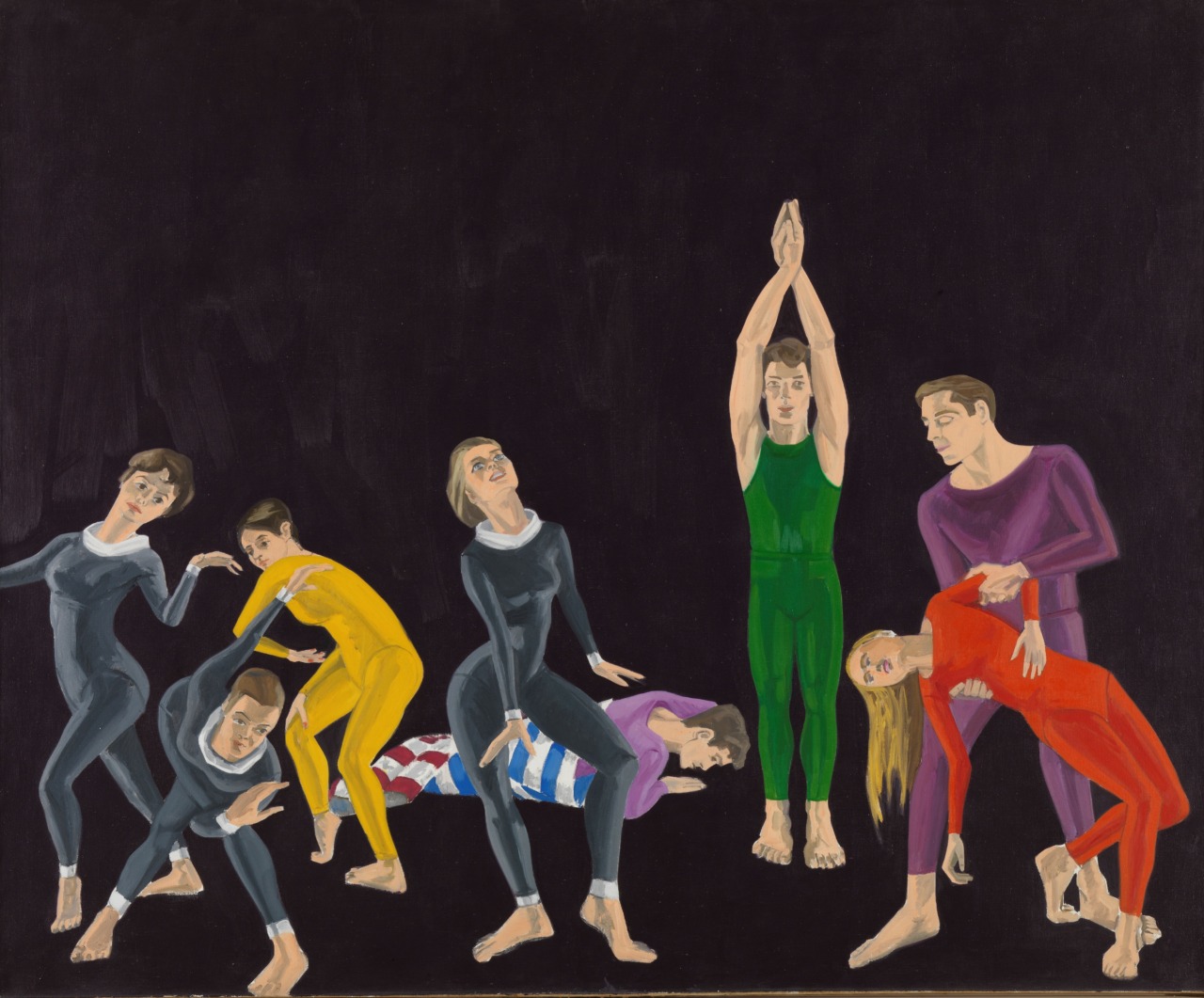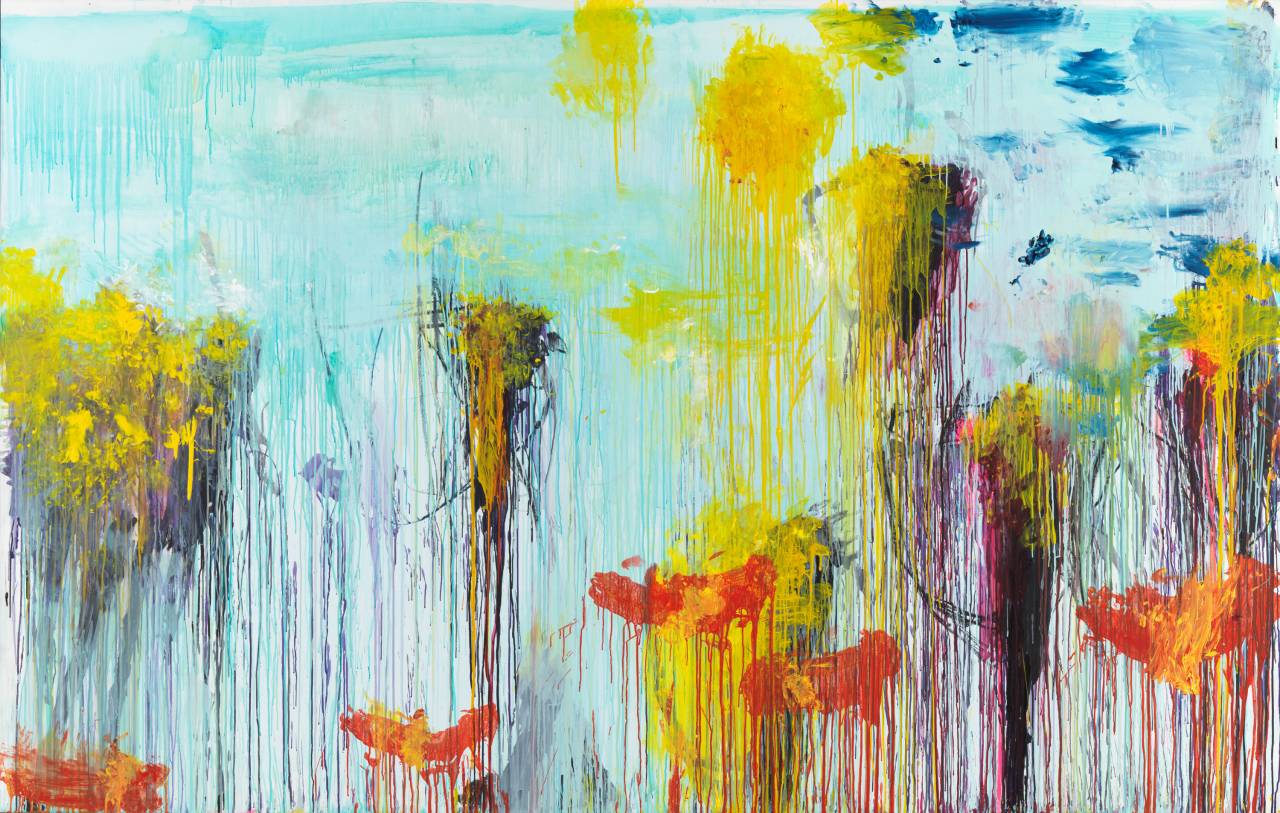R.H. Quaytman
until
Under the title “Spot On”, recently acquired blocks of works by various different artists will be shown in solo or double presentations in two rooms on the ground floor. The presentations will alternate during – and beyond – the anniversary year and its accompanying exhibition “Forever Young – 10 Jahre Museum Brandhorst”.
From 14 September 2019 to 7 January 2020, the focus of hall 0.7 will be on R.H. Quaytman, whose series of works are laid out like continuous chapters in a book. Museum Brandhorst will show paintings from the cycle “An Evening, Chapter 32”, which refer to – among other things – two paintings by Ruben’s teacher, Otto van Veen.
Fig.:
R.H. Quaytman, The Origin of the Sauromatei, 2016
Silkscreen ink and glitter on gesso on plywood
50.8 x 50.8 cm
Acquired 2016, UAB 1065
Courtesy the artist and Galerie Buchholz, Berlin/Cologne/New York
Exhibition info
until
Patrizia Dander
About the exhibition
R.H. Quaytman’s oeuvre is structured like a book. Since 2001 the artist has grouped her works in chapters, each corresponding to an exhibition and its associated research. Most of the panel paintings shown here come from the cycle “An Evening, Chapter 32”, created for the artist’s exhibition at the Secession in Vienna in 2017. They are accompanied by two immediate predecessors, the “Sauromatei” paintings from 2016.
In “Chapter 32” Quaytman grapples with two paintings from the collection of the Kunsthistorisches Museum in Vienna: “The Persian Women” and “Amazons and Scythians” (both around 1597/1599), which are attributed to the Flemish painter Otto van Veen (1556‒1629), who was the teacher of Peter Paul Rubens. Both paintings show stories of armed women. In his “Moralia,”, Plutarch wrote of the Persian women who sent their men back to war (which was eventually won) with raised skirts, saying: “Whither are you rushing so fast, you biggest cowards in the whole world? Surely you cannot, in your flight, slink in here whence you came forth.” In contrast, “Amazons and Scythians” recalls a passage in Herodotus’ “Histories:” The Amazons lay down their weapons and their clothing, and unite with their former enemies, the Scythians – he described this as the birth of the tribe of the Sarmations.
Quaytman appropriated Veen’s paintings for her own panel paintings. Using screen-printing and textiles, she transferred image details, individual figures and a rear view on the gessoed wood panels. Manual overpainting, but also screen-printed chessboard patterns and meshes, or fine surface refinements with gold leaf or copper powder overlay the motifs and are both attractive and confusing to the eye in equal measure. Quaytman’s “pictures of pictures” do not only open up a view of art-historical and social themes, such as the objectification of the female body through the male gaze. They are also a reflection of an age in which the technically reproducible image dominates: “I once wrote ‘every painting is a monochrome, before you begin’ but now I would put it differently. I would say every painting is a photograph before you begin.” (R.H. Quaytman)
R.H. Quaytman, “The Origin of the Sauromatei”, 2016
Silkscreen ink and glitter on gesso on plywood, 50,8 x 50,8 cm
Acquired 2016, UAB 1065






